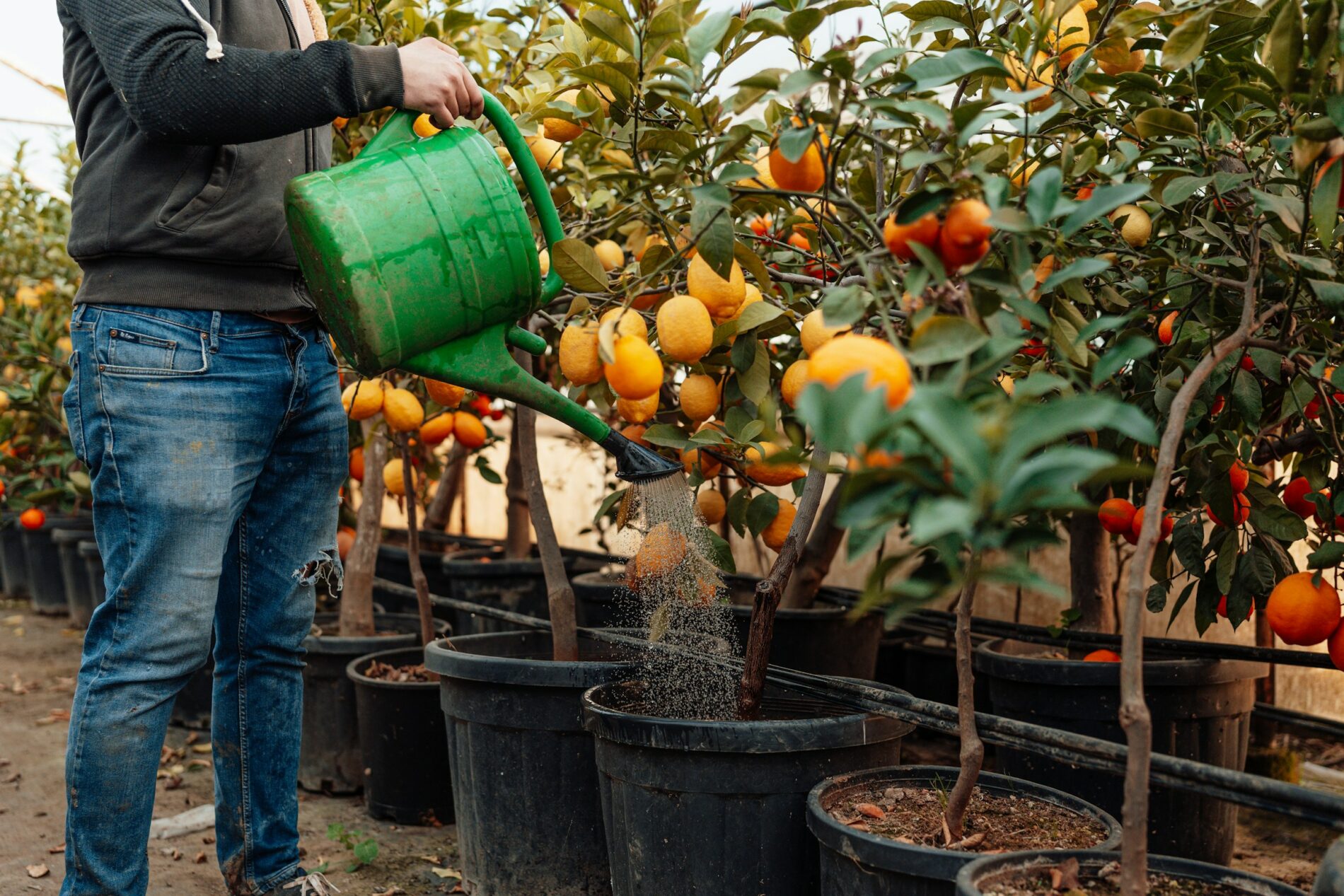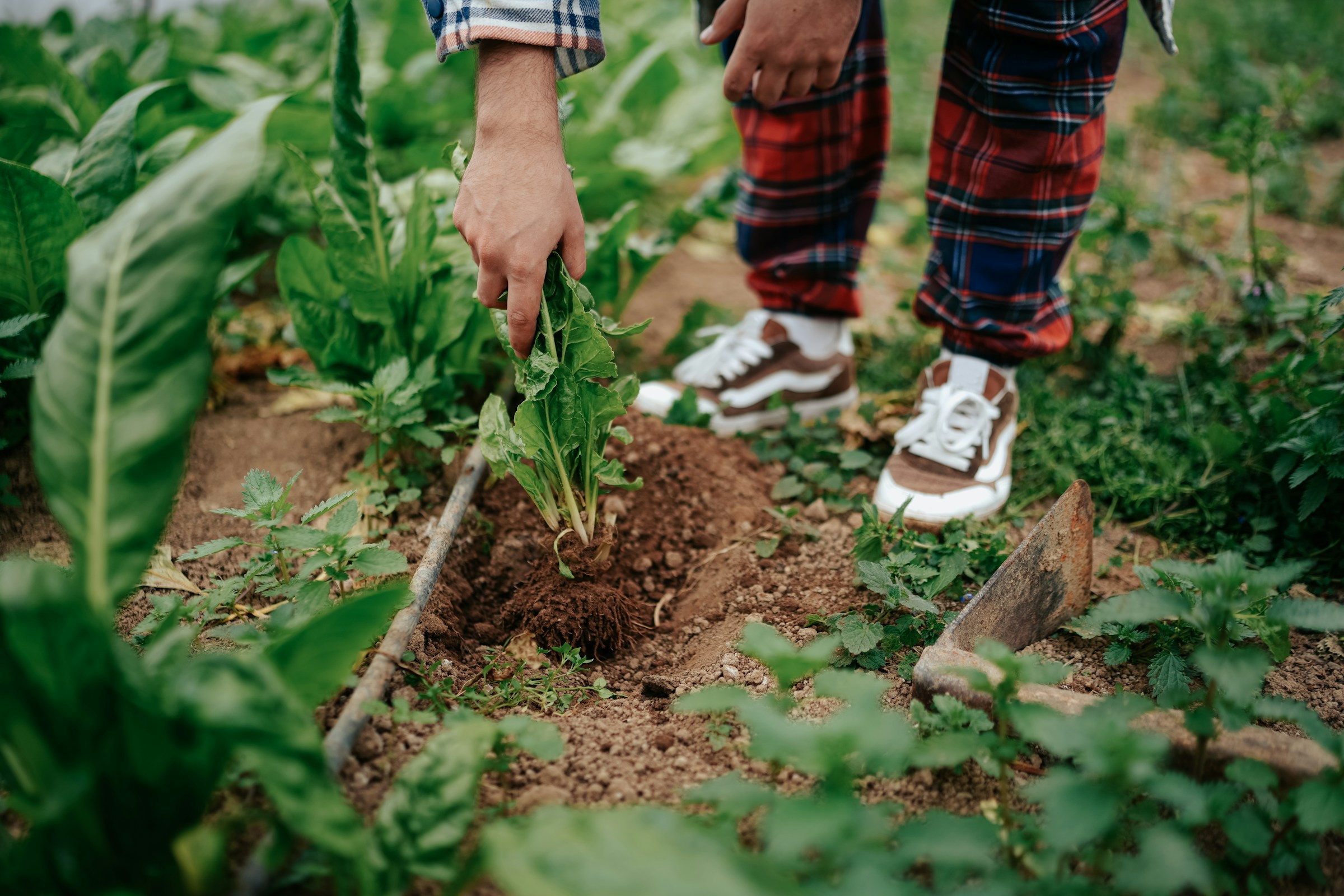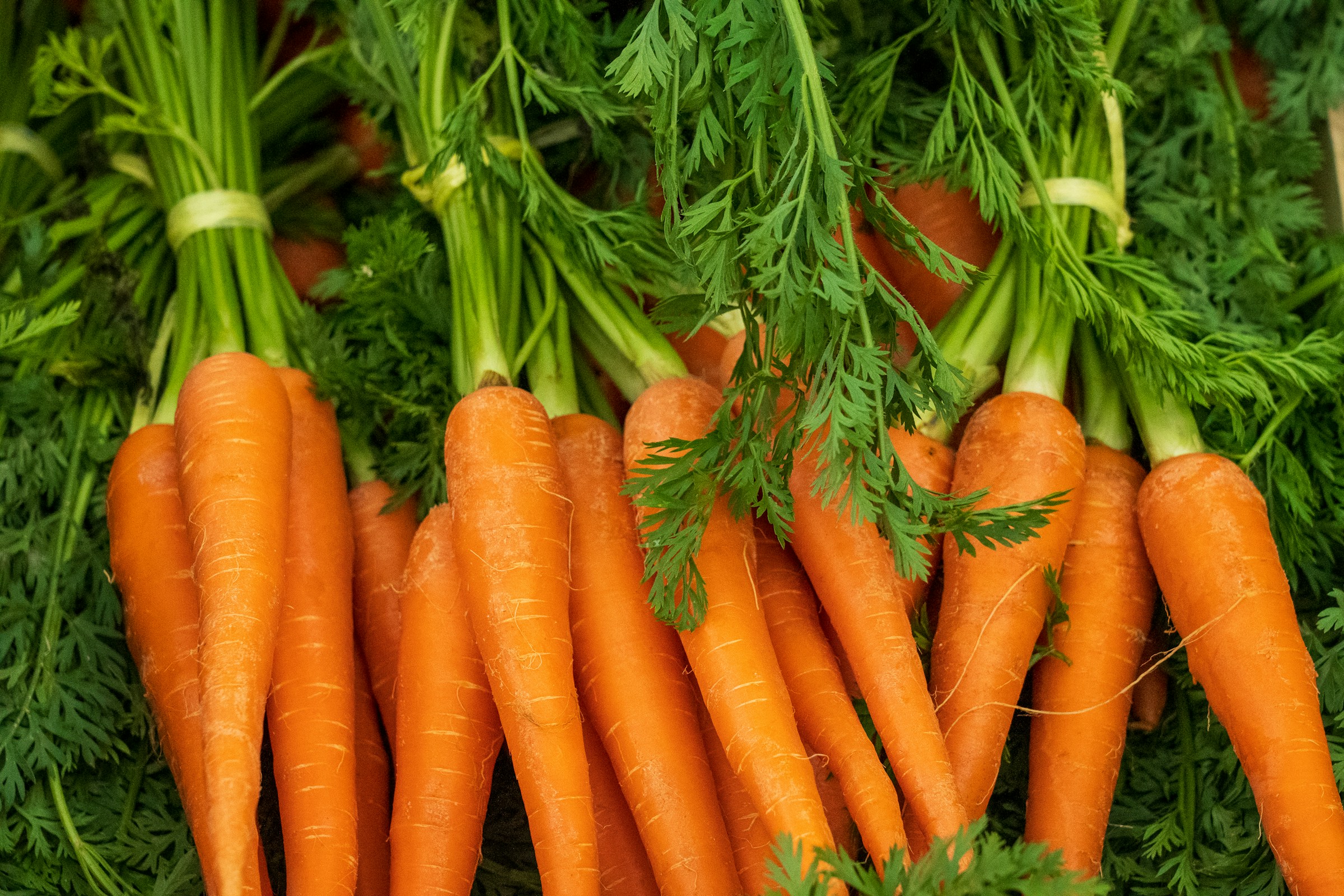In the realm of modern agriculture, the pursuit of efficiency and sustainability has led to the adoption of innovative irrigation techniques, among which fertigation stands out as a leading method. Fertigation, the process of delivering fertilizers and irrigation water, has offered significant advantages over traditional watering methods and has revolutionized how farmers nourish and hydrate their crops, ushering in a new era of agricultural practices.

Fertigation vs. Traditional Watering
Introduction to Fertigation
Fertigation combines water and fertilizers, offering a level of precision and control that is unparalleled. This method not only optimizes the use of water but also ensures that plants receive exactly what they need for optimal growth. Unlike traditional irrigation, which can be less efficient and more labour-intensive, fertigation leverages drip or sprinkler systems to evenly distribute water and nutrients evenly, making it an economically and environmentally superior choice.
The Efficiency of Drip Irrigation in Fertigation:
Drip irrigation within fertigation systems exemplifies agricultural efficiency by directly delivering water and nutrients to the plant's root zone. This precise application minimizes waste and enhances nutrient absorption, promoting healthier plant growth and potentially higher yields, offering a promising future for farmers. Due to its low-pressure requirements and compatibility with automation technologies, drip irrigation is a versatile solution suitable for various crops and environmental conditions, making it a highly effective option for modern agriculture practices.
Economic Considerations:
The economic feasibility of implementing a fertigation system over traditional broadcast fertilizer applications is a nuanced consideration that hinges on several critical factors. The initial outlay for fertigation equipment might seem substantial.
Yet, the potential for significant reductions in water and fertilizer use through enhanced nutrient uptake can translate into considerable savings over time. This cost-efficiency balance is influenced by variables such as the type of crops grown, prevailing soil conditions, and local water pricing, which can impact the overall benefits of fertigation.
For instance, crops with high nutrient and water levels sensitivity may yield greater returns with fertigation, underscoring the importance of a detailed cost-benefit analysis tailored to specific agricultural contexts. Ultimately, the decision to adopt fertigation should be based on a comprehensive evaluation of these factors, considering both short-term financial implications and long-term gains in efficiency, yield, and environmental sustainability.
Environmental and Operational Benefits:
Fertigation, an innovative agricultural technique, intertwines the delivery of fertilizers with irrigation, ushering in substantial environmental and operational benefits. This method's precise nutrient application significantly diminishes the likelihood of nutrient runoff, a common issue with traditional watering methods that can lead to water pollution. By targeting the root zone directly, fertigation also curtails evaporation losses, promoting more sustainable water use and helping conserve this vital resource.
From an operational standpoint, fertigation marks a leap towards efficiency and labour reduction in agriculture. Fermentation systems' automation potential means they can operate with minimal human intervention, freeing up labour resources for other productive activities. Fermentation not only streamlines agricultural operations but also contributes to reduced labour costs, making crop nutrition management more efficient and economically viable.
By marrying the dual objectives of environmental stewardship and operational efficiency, fertigation is a forward-thinking choice for modern agriculture. Its adoption not only aids in reducing water and fertilizer wastage but also aligns with sustainable agricultural practices, making it a compelling method for farmers aiming to optimize their operations while minimizing their environmental footprint.
Addressing the Challenges
While fertigation offers numerous benefits, it has its challenges. The system's complexity requires proper understanding and maintenance to prevent issues such as clogging and chemical backflow. Moreover, ensuring compatibility between different fertilizers and managing system maintenance is crucial for success.
The Bottom Line:
The transition from traditional watering methods to fertigation represents a step forward in agricultural efficiency and sustainability. By embracing this technique, farmers can boost their crop yields and quality and contribute to the preservation of water resources and environmental health.




